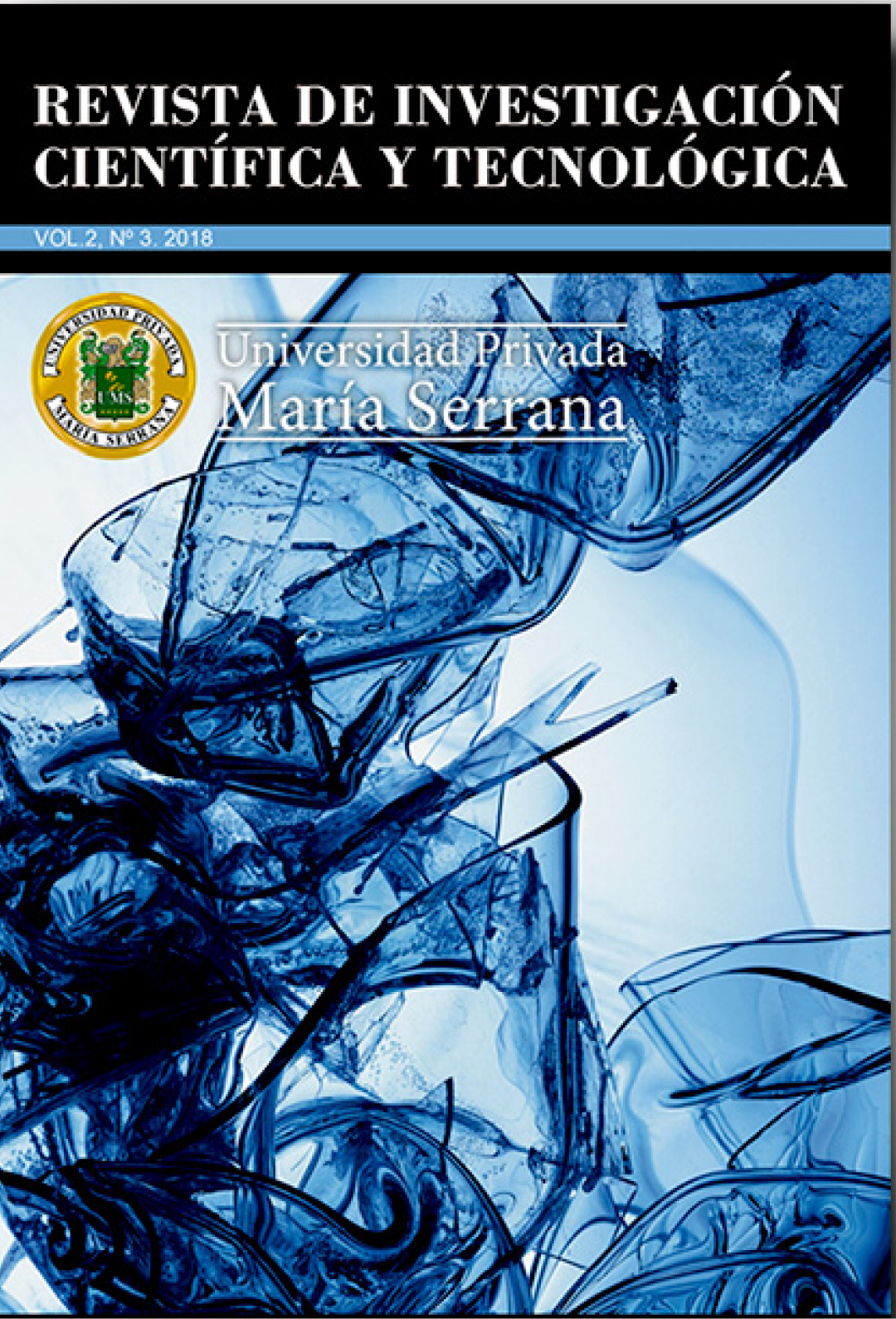Resumen
En el siglo XXI el liderazgo resulta de gran relevancia para la concreción de los procesos educativos, ya que los rápidos y marcados cambios que se desencadenan en el entorno requieren de líderes eficientes con capacidad de responder a las nuevas necesidades. A través de diferentes modelos o estilos de liderazgo el líder educativo actual puede incrementar su alcance y optimizar el desarrollo de sus funciones. Se expone una revisión bibliográfica centrada en tres ejes principales. En primer lugar, se contextualiza la labor del líder educativo en el siglo XXI, destacando las razones de su importancia y las cualidades necesarias para responder a las necesidades actuales. Luego se presentan cuatro modelos de liderazgo que, si bien tienen enfoques distintos, llevan a que el liderazgo educativo incremente su eficiencia y alcance. Finalmente, se detallan los casos de Inglaterra y Chile, mostrando los pasos y reformas que fueron dando en las últimas décadas y cómo estas han incidido en la relevancia del liderazgo educativo.
Referencias
Alarcón, R. (2012). Factores claves de los líderes del siglo 21. Revista Publicando, 1(1), 46-58
Anderson, S. (2010). Liderazgo directivo: Claves para una mejor escuela. Psicoperspectivas, 9 (2), 34-52.
Bolívar, A. (2010). ¿Cómo un liderazgo pedagógico y distribuido mejora los logros académicos? Revisión de la investigación y propuesta. Magis, Revista Internacional de Investigación en Educación, 3 (5), 79-106.
Bolívar, A. (2015). Un liderazgo pedagógico en una comunidad que aprende. Padres y Maestros, nº 361, pp. 23-27.
Castillo, P., Puigdellivol, I. y Antúnez, S. (2017). El liderazgo compartido como factor de sostenibilidad del proyecto de comunidades de aprendizajes. Estudios Pedagógicos, XLIII (1), 41-59.
Fernández, Mª J. (n.d.). La dirección escolar ante los retos del siglo XXI. CEE Participación Educativa nº 5 pp. 23-38. Disponible en: https://redined.mecd.gob.es/xmlui/bitstream/handle/11162/92052/00820113014425.pdf?sequence=1&isAllowed=y
Horn, A. (2013). Liderazgo escolar en Chile y su influencia en los resultados de aprendizaje. Tesis Doctoral, Universidad Autónoma de Madrid.
Ingham A. y Nogueira M. (2015). El sistema de formación de liderazgos escolares de Inglaterra. Sao Paulo, Brasil.
Kouzes J. y Posner B. (2003). Cinco prácticas del liderazgo ejemplar. Pfeiffer, San Francisco, CA. Disponible en: https://www.mindmeister.com/generic_files/get_file/1476920?filetype=attachment_file
Leithwood, K. y Riehl, C. (2009). ¿Cómo liderar nuestras escuelas? Aportes desde la investigación. Área de Educación Fundación Chile.
Martínez, A. (2014). El liderazgo transformacional en una institución educativa pública. Educación, Vol. XXIII, N° 44, marzo-agosto 2014, pp. 7-28.
Martins, F., Cammaroto, A., Neris, L. y Canelón, E. (2009). Liderazgo transformacional y gestión educativa en contextos descentralizados. Revista Actualidades Investigativas en Educación, Volumen 9, Número 2, pp. 1-27.
Maureira, Ó. (2018). Prácticas del liderazgo educativo: Una mirada evolutiva e ilustrativa a partir de sus principales marcos, dimensiones e indicadores más representativos. Revista Educación, vol. 42, núm. 1.
Medina, A. y Gómez, R. (2014). El liderazgo pedagógico: competencias necesarias para desarrollar un programa de mejora en un centro de educación secundaria. Perspectiva Educacional, Formación de Profesores, Enero 2014, Vol. 53(1), pp. 91-113.
PISA 2015. (2016). Resultados Clave. OCDE.
Pont B., Nusche D. y Moorman H. (2009). Mejorar el liderazgo escolar Volumen 1: política y práctica. OCDE. Disponible en: https://www.oecd.org/education/school/44374937.pdf
Sierra, G. (2016). Liderazgo educativo en el siglo XXI, desde la perspectiva del emprendimiento sostenible. Rev. esc. adm. neg. No. 81 Julio-Diciembre, pp. 111-128.
Vázquez, D. (2009). El director de escuela del siglo XXI en Puerto Rico: El líder transformador. Revista Paideia Puertorriqueña. Vol.4, Num.1.
Zamora, Á., & Poriet, Y. (2011). Prácticas de liderazgo en una empresa manufacturera venezolana del sector cervecero. Revista Venezolana de Gerencia, 16 (53), 101-115.

Esta obra está bajo una licencia internacional Creative Commons Atribución 4.0.





